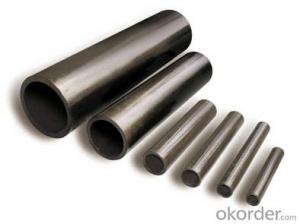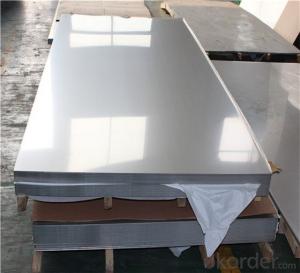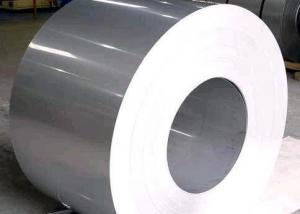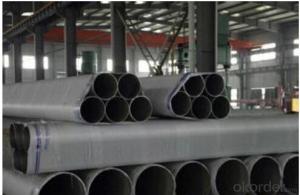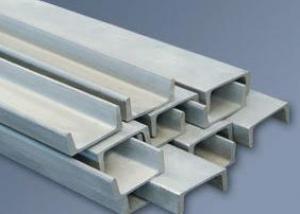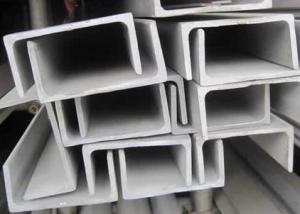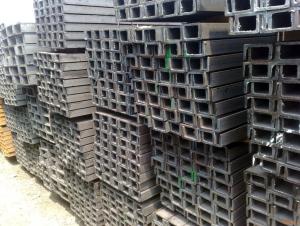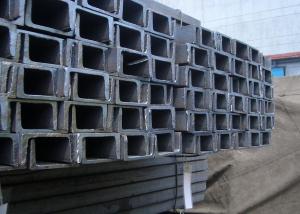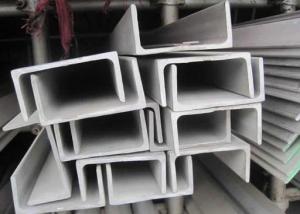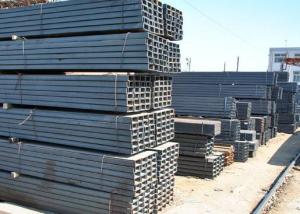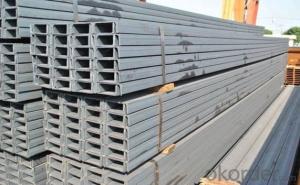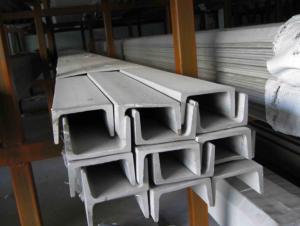Sus304 Stainless Steel
Sus304 Stainless Steel Related Searches
Best Paint For Stainless Steel Blanket Insulation For Steel Buildings Primer For Galvanized Steel Foam Filter For Stainless Steel H S Code For Stainless Steel Surface Grinding Wheels For Stainless Steel Surface Grinding Wheels For Hardened Steel Hole Saw For Stainless Steel Paint For Stainless Steel Stainless Steel For BbqHot Searches
Steel Mesh Panels For Sale Price For Stainless Steel Scrap Scrap Price For Stainless Steel Price For Stainless Steel Stainless Steel Tank For Sale Stainless Steel Sheets For Sale Cheap High Tea Sets For Sale Stainless Steel Tanks For Sale Stainless Steel For Sale High Density Fiberboard For Sale Solar Hot Water Collectors For Sale Scaffolding For Sale In Uae Scaffolding For Sale In Ireland Scaffolding For Sale In Houston Type Of Inverter For Solar Price Of Shipping Containers For Sale Types Of Inverter For Solar Stock Price For Aluminum Used Solar Inverter For Sale Steel Mesh Panels For SaleSus304 Stainless Steel Supplier & Manufacturer from China
Okorder.com is a professional Sus304 Stainless Steel supplier & manufacturer, offers integrated one-stop services including real-time quoting and online cargo tracking. We are funded by CNBM Group, a Fortune 500 enterprise and the largest Sus304 Stainless Steel firm in China.Hot Products
FAQ
- Yes, stainless steel channels can be used in the construction of staircases. Stainless steel is a durable and corrosion-resistant material, making it suitable for both indoor and outdoor staircases. It offers strength and stability, while also providing a modern and sleek aesthetic. Additionally, stainless steel channels can be easily fabricated and customized to meet specific design requirements for staircases.
- Stainless steel channels can be joined using various methods, including welding, bolting, adhesive bonding, and mechanical fastening. 1. Welding: Welding is a commonly employed technique for joining stainless steel channels. By melting the edges of the channels and combining them with a filler metal, a sturdy and enduring joint is formed. Different welding techniques, such as TIG and MIG welding, can be utilized based on specific requirements. 2. Bolting: Bolting involves the use of bolts, nuts, and washers to secure stainless steel channels together. This method is relatively straightforward and allows for easy disassembly and reassembly when needed. It is often employed in situations requiring frequent maintenance or repairs, although it may not offer the same strength as welding in certain cases. 3. Adhesive bonding: Adhesive bonding employs special adhesive materials to bond stainless steel channels together. This method does not necessitate heat or mechanical force, making it suitable for connecting thin or delicate channels. While adhesive bonding can produce a strong and durable joint, its strength may not match that of welding or bolting in high-stress applications. 4. Mechanical fastening: Mechanical fastening involves the use of screws, rivets, or clips to join stainless steel channels. This method is commonly used when a temporary or semi-permanent joint is required. While mechanical fastening allows for easy disassembly and reassembly, it may not provide the same level of strength as welding or bolting. Ultimately, the choice of joining method for stainless steel channels depends on factors such as application requirements, required strength, joint accessibility, and desired ease of disassembly or reassembly. It is essential to carefully evaluate these factors and seek expert advice to determine the most suitable joining method for a specific application.
- Yes, stainless steel channels can be used for water or wastewater treatment plants. Stainless steel is highly resistant to corrosion, making it ideal for use in environments with water and wastewater. It can withstand the harsh chemicals and corrosive elements typically found in treatment plants, ensuring durability and longevity. Additionally, stainless steel is hygienic and easy to clean, making it suitable for maintaining the required standards of cleanliness in water and wastewater treatment processes.
- Compared to materials such as aluminum or carbon steel, stainless steel channels offer a range of benefits. Firstly, stainless steel is highly resistant to corrosion, making it ideal for use in moist or corrosive environments. This is a major advantage over aluminum, which can easily corrode, and carbon steel, which requires additional coatings or treatments to prevent corrosion. Secondly, stainless steel channels possess excellent strength and durability. They can withstand high temperatures and resist deformation, making them suitable for heavy-duty applications. In contrast, aluminum channels have lower strength and are more prone to bending or warping, while carbon steel channels may need additional reinforcement to achieve similar levels of strength. Thirdly, stainless steel channels have an attractive aesthetic appeal due to their smooth and polished surface finish. This makes them suitable for architectural or decorative applications where appearance is important. While aluminum channels may have a similar aesthetic appeal, carbon steel channels often need additional finishing processes to achieve a desirable appearance. Moreover, stainless steel channels have good hygiene properties, making them suitable for use in the food and beverage industry or medical facilities. They are easy to clean and maintain, and their non-porous surface does not harbor bacteria or contaminants. This advantage is not as evident in aluminum or carbon steel channels. Lastly, stainless steel channels offer excellent resistance to fire and high temperatures. They have a higher melting point compared to aluminum and carbon steel, ensuring they can withstand intense heat without compromising their structural integrity. This is particularly crucial in applications where fire resistance is essential. Overall, stainless steel channels provide a combination of corrosion resistance, durability, strength, aesthetics, hygiene, and fire resistance that make them highly advantageous compared to other materials like aluminum or carbon steel in a variety of applications.
- Yes, stainless steel channels are highly suitable for hygienic or sterile applications, such as hospitals. Stainless steel is known for its corrosion resistance, durability, and ease of cleaning, making it ideal for use in environments where cleanliness and hygiene are crucial. Additionally, stainless steel has non-porous surfaces that do not harbor bacteria, making it an excellent choice for hospitals and other healthcare settings where sterility is essential.
- There exists a variety of stainless steel channels, each possessing its own distinct properties and applications. The most frequently employed grades consist of stainless steel channels of grade 304, 316, and 316L. Grade 304 stainless steel channels are highly versatile and extensively utilized. They exhibit commendable resistance against corrosion, exceptional strength, and can be effortlessly welded and formed. These channels find common usage in multiple structural and architectural applications, including handrails, frames, and supports. Grade 316 stainless steel channels are similar in nature to grade 304, albeit with the addition of molybdenum. This augmentation enhances their ability to resist corrosion, rendering them suitable for marine and coastal environments where exposure to saltwater and harsh chemicals is a concern. These channels are also employed in applications that necessitate resistance to high temperatures and durability. Grade 316L stainless steel channels are the low-carbon variant of grade 316, offering even greater resistance to corrosion and improved weldability. They are frequently utilized in industries such as pharmaceuticals, food processing, and medical equipment, where the prevention of contamination is of utmost importance. Furthermore, specialized stainless steel channels are available to cater to specific applications. For instance, grade 321 stainless steel channels are utilized in environments with high temperatures, while grade 430 stainless steel channels are renowned for their exceptional resistance to oxidation and corrosion. When selecting the appropriate grade of stainless steel channel, factors such as the environment, application requirements, and budget should be taken into consideration. Seeking guidance from a stainless steel supplier or an engineer well-versed in stainless steel can aid in determining the most suitable grade for a particular project.
- Stainless steel channels generally exhibit resistance against sulfur-induced stress corrosion cracking. Stainless steel is renowned for its exceptional corrosion resistance, specifically when it comes to stress corrosion cracking triggered by sulfur-containing surroundings. This is attributed to the generous amounts of chromium and nickel within stainless steel, which generate a protective oxide layer on the material's surface. This oxide layer serves as a barrier that hampers sulfur infiltration into the steel, thereby preventing stress corrosion cracking. Nevertheless, the resistance of stainless steel channels to sulfur-induced stress corrosion cracking can fluctuate based on the stainless steel grade and the sulfur concentration in the environment. It is crucial to carefully choose the appropriate stainless steel grade that aligns with the particular application and environmental conditions in order to ensure optimal resistance against stress corrosion cracking.



























